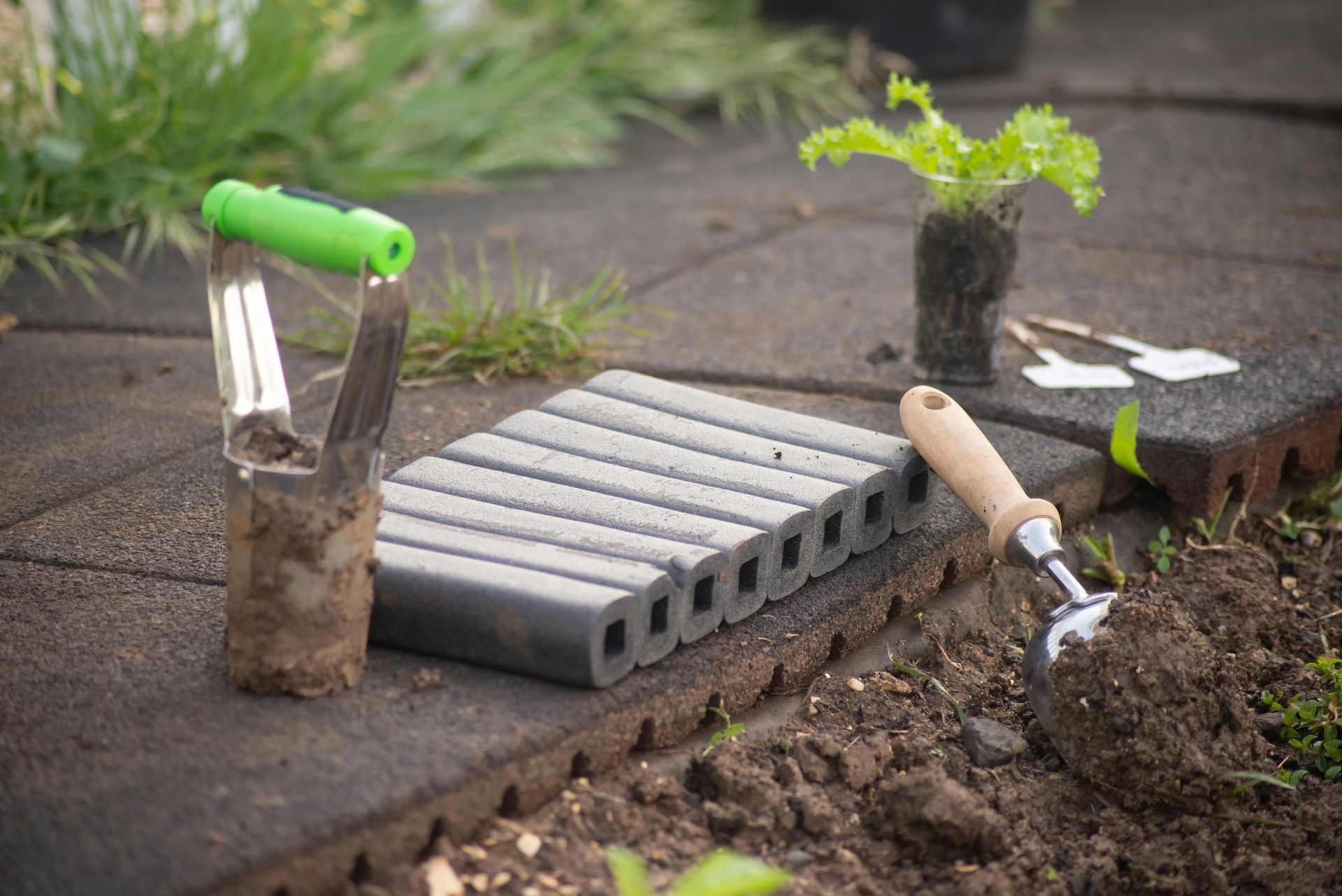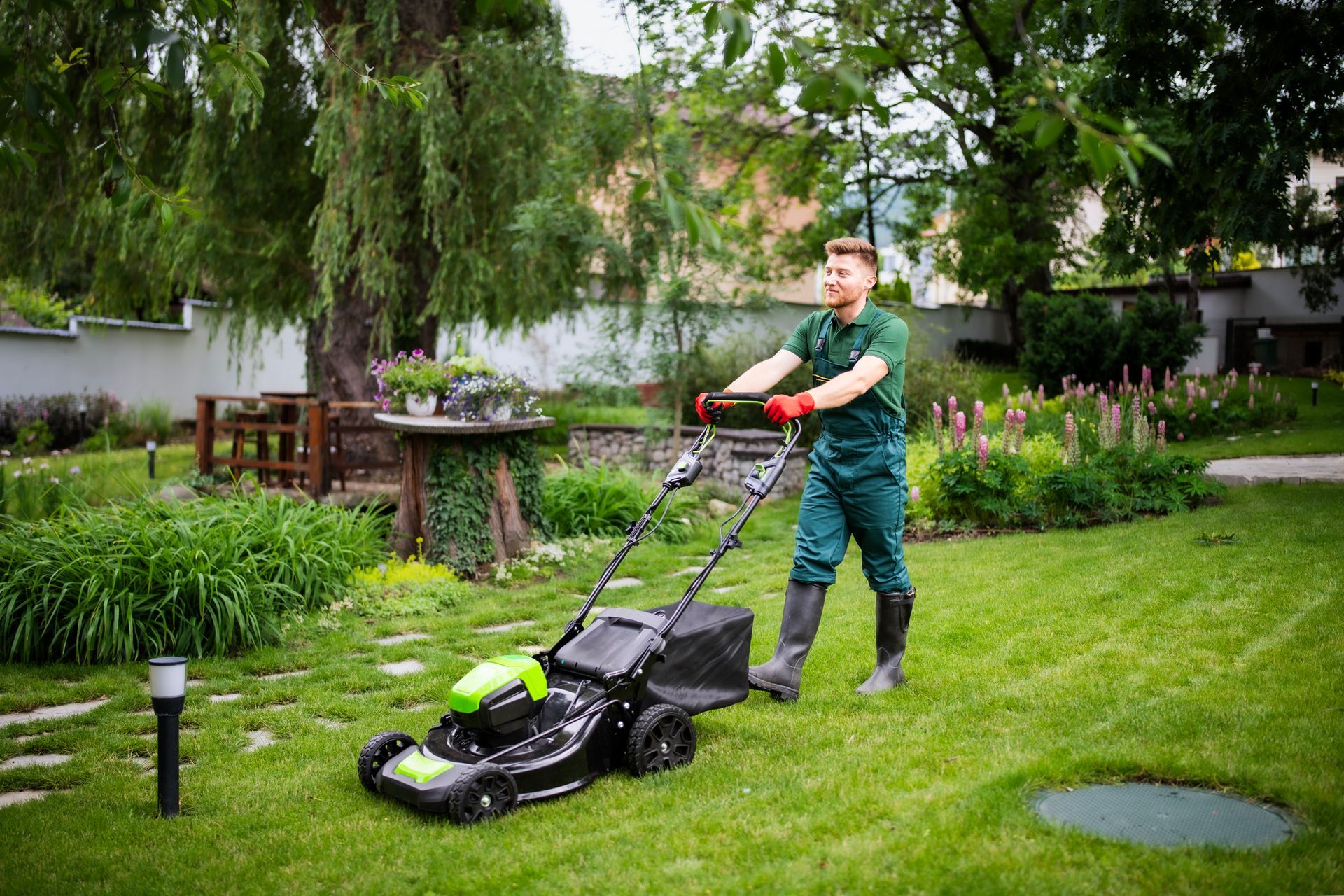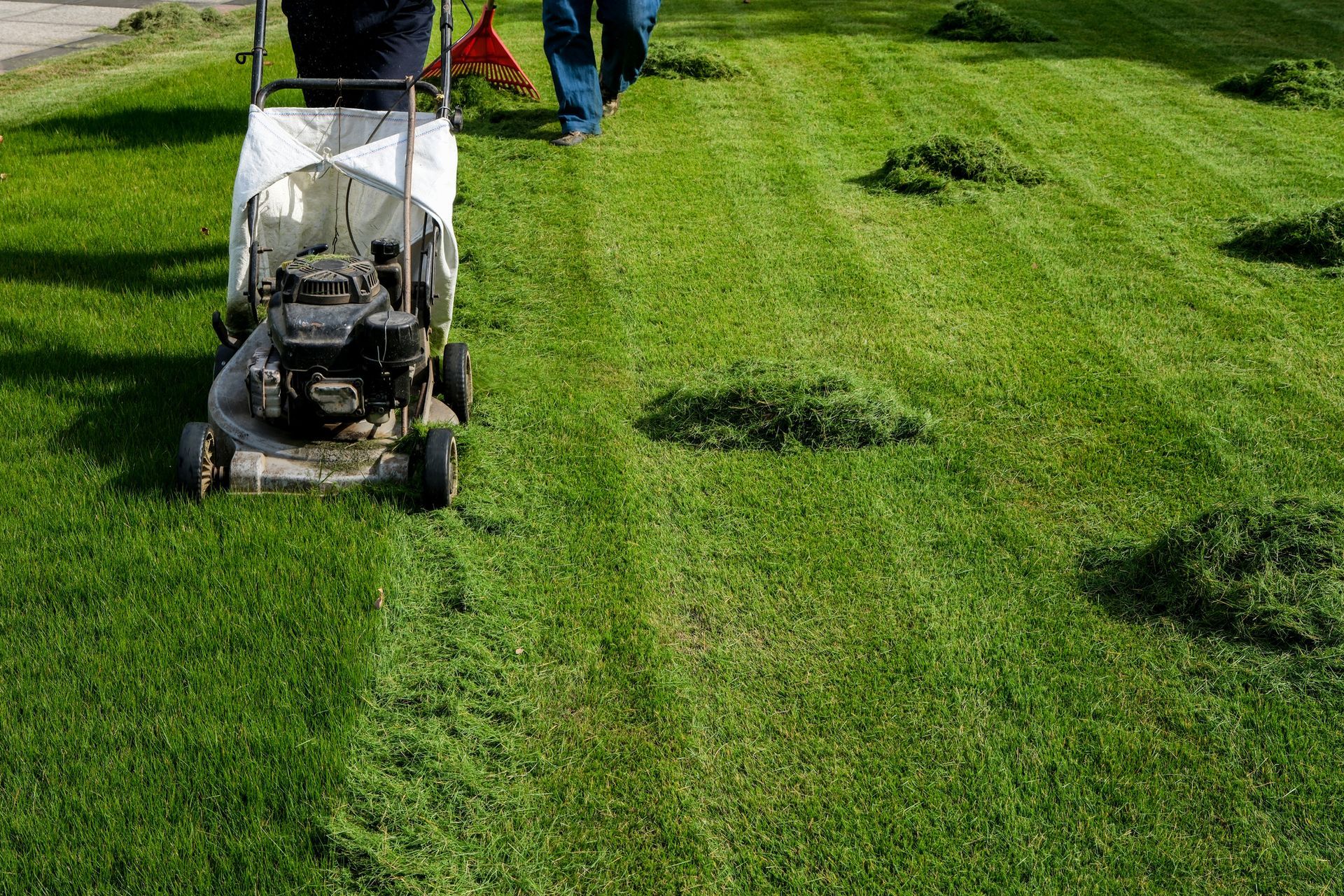10 Common Landscaping Mistakes to Avoid
Expert Tips for a Beautiful Yard
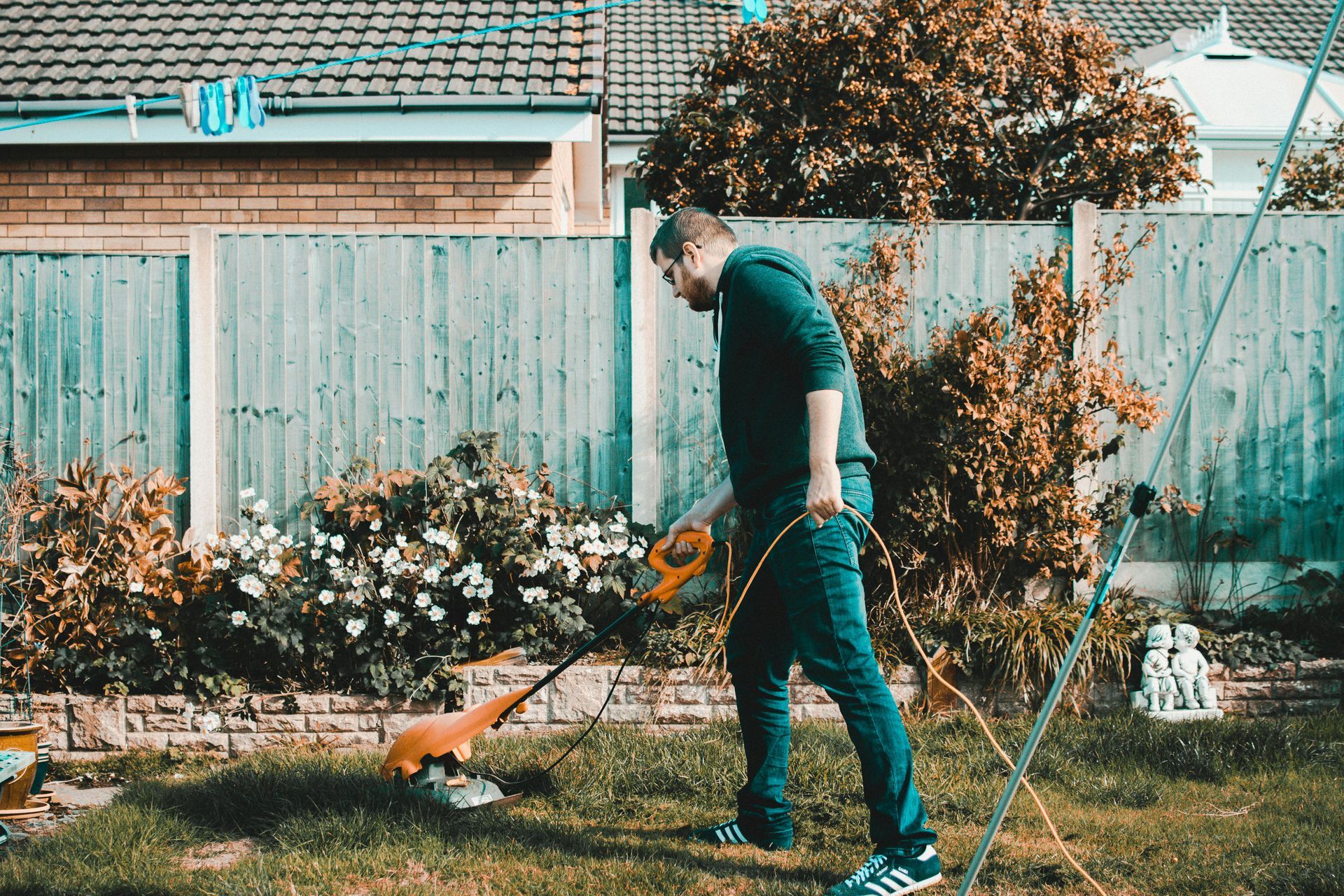
Landscaping can feel a bit overwhelming, especially when you're trying to keep everything looking great without spending every weekend in the yard. Over the years, we’ve seen a lot of common mistakes that are easy to make—but also easy to avoid with a little know-how. So, whether you're handling things yourself or just want to understand your yard better, these tips are here to help you get the most out of your space.
1. Overwatering Your Lawn
Overwatering can lead to root rot, fungal diseases, and weakened grass. Signs include pooling water, yellowing grass, or consistently damp areas. Your lawn generally needs about one inch of water per week, but this varies based on the weather conditions. Many homeowners mistakenly believe more water always equals healthier grass, but moderation is key to maintaining optimal grass health.
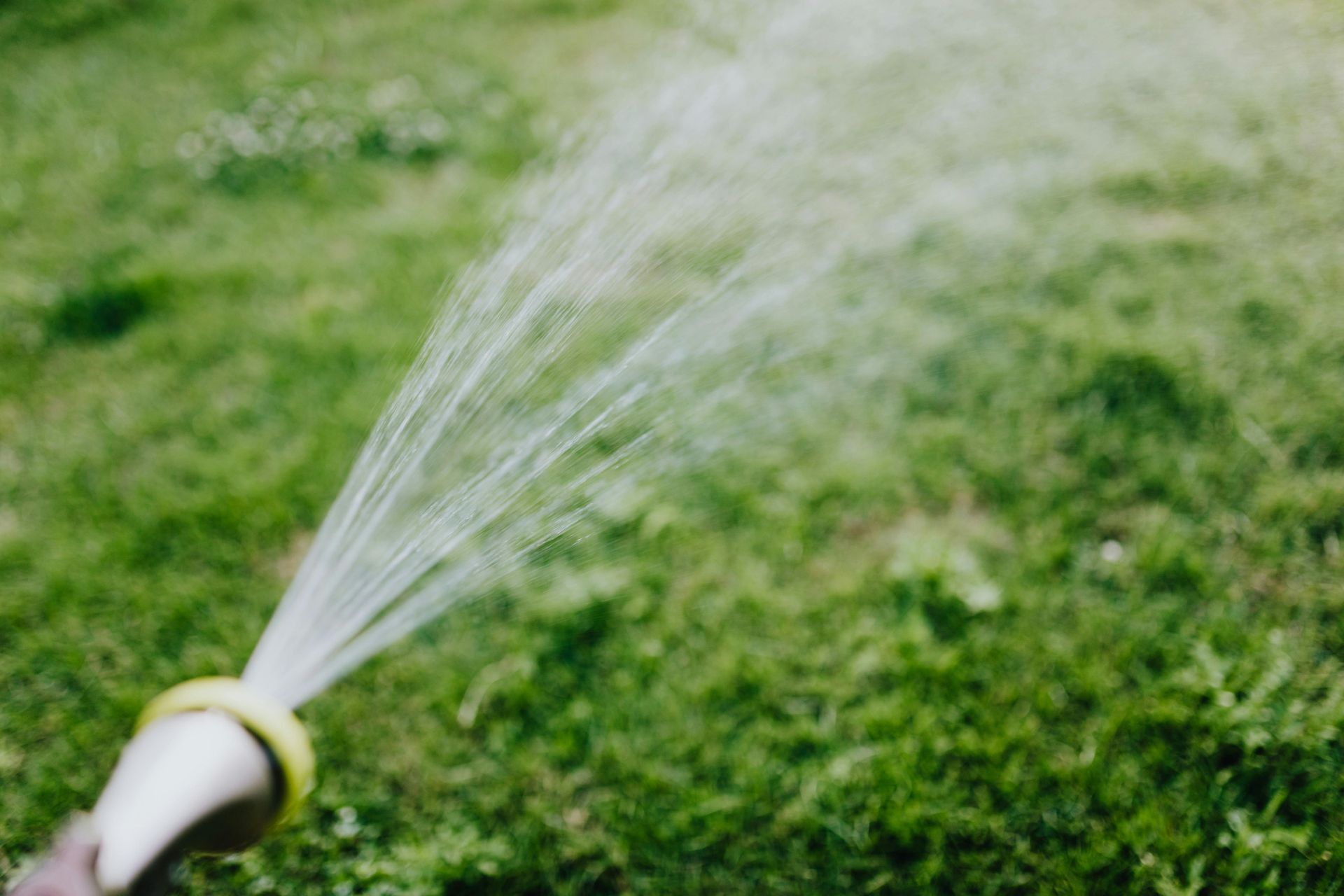
- Expert Tip: Water deeply and infrequently, ideally early in the morning, allowing the water to penetrate deeply into the soil and promote stronger root growth. A rain gauge can help determine the right amount.
2. Cutting Grass Too Short
Cutting grass too short stresses the lawn, makes it prone to weeds, and reduces its drought resistance. Grass kept at the correct height has deeper roots and better overall health. Mowing too low can also expose the soil, promoting weeds and increasing the risk of soil erosion during heavy rains.
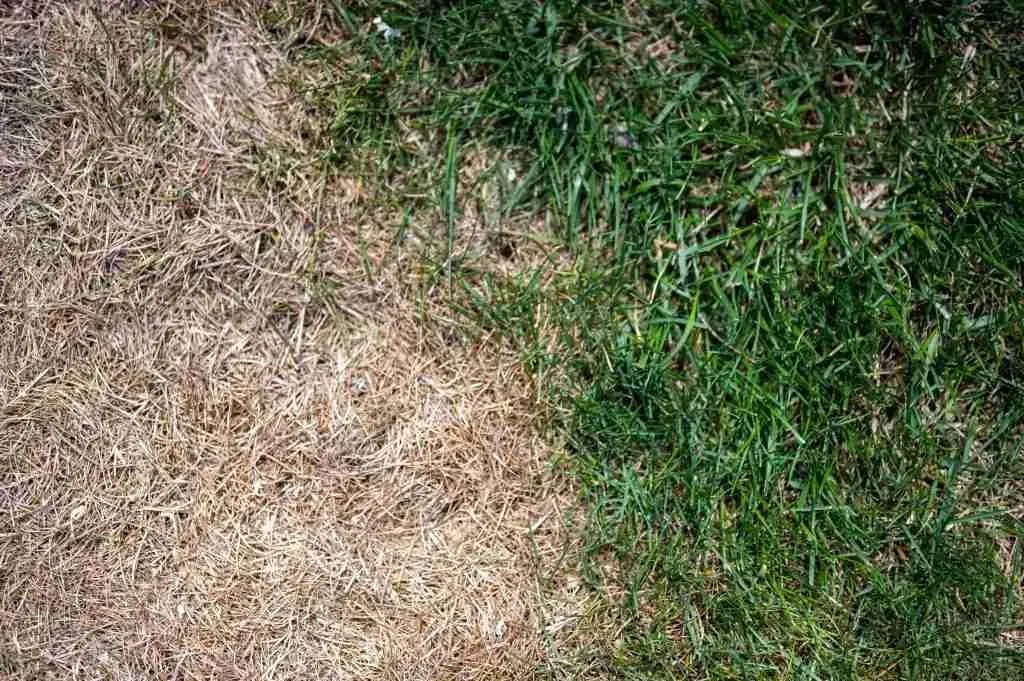
- Expert Tip: Use the one-third rule—never cut more than one-third of the grass blade length at once.
3. Ignoring Soil Health
Healthy soil is essential for a vibrant lawn. Without regular testing, you might apply unnecessary treatments, wasting time and money. Soil that lacks essential nutrients or has improper pH levels can prevent your grass from thriving, making it more susceptible to diseases and pests.
- Expert Tip: Conduct regular soil tests to detect nutrient deficiencies and pH imbalances.
4. Using the Wrong Fertilizer
Using the wrong fertilizer can burn your lawn or encourage uneven growth. Each lawn type requires specific nutrients at different times of the year. Many homeowners mistakenly use general-purpose fertilizers without realizing they could be causing more harm than good.
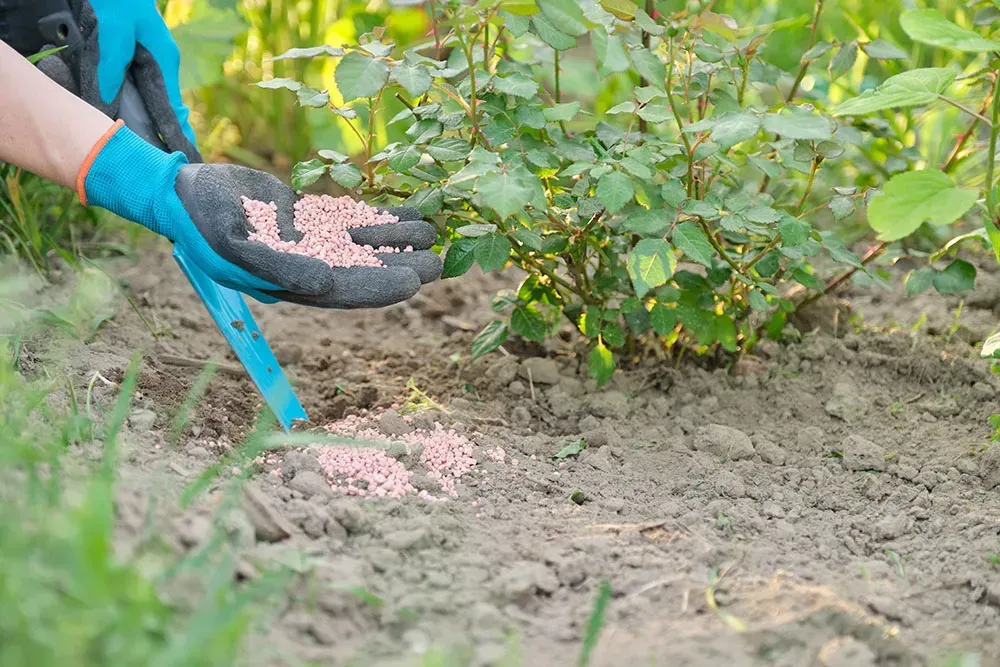
- Expert Tip: Choose the right fertilizer for your specific lawn type and seasonal requirements. Slow-release fertilizers typically provide better results.
5. Planting Too Close Together
Crowded plants fight for nutrients, sunlight, and water, leading to unhealthy growth and increased maintenance. Proper spacing allows plants enough room to reach their full potential without competing excessively for essential resources.
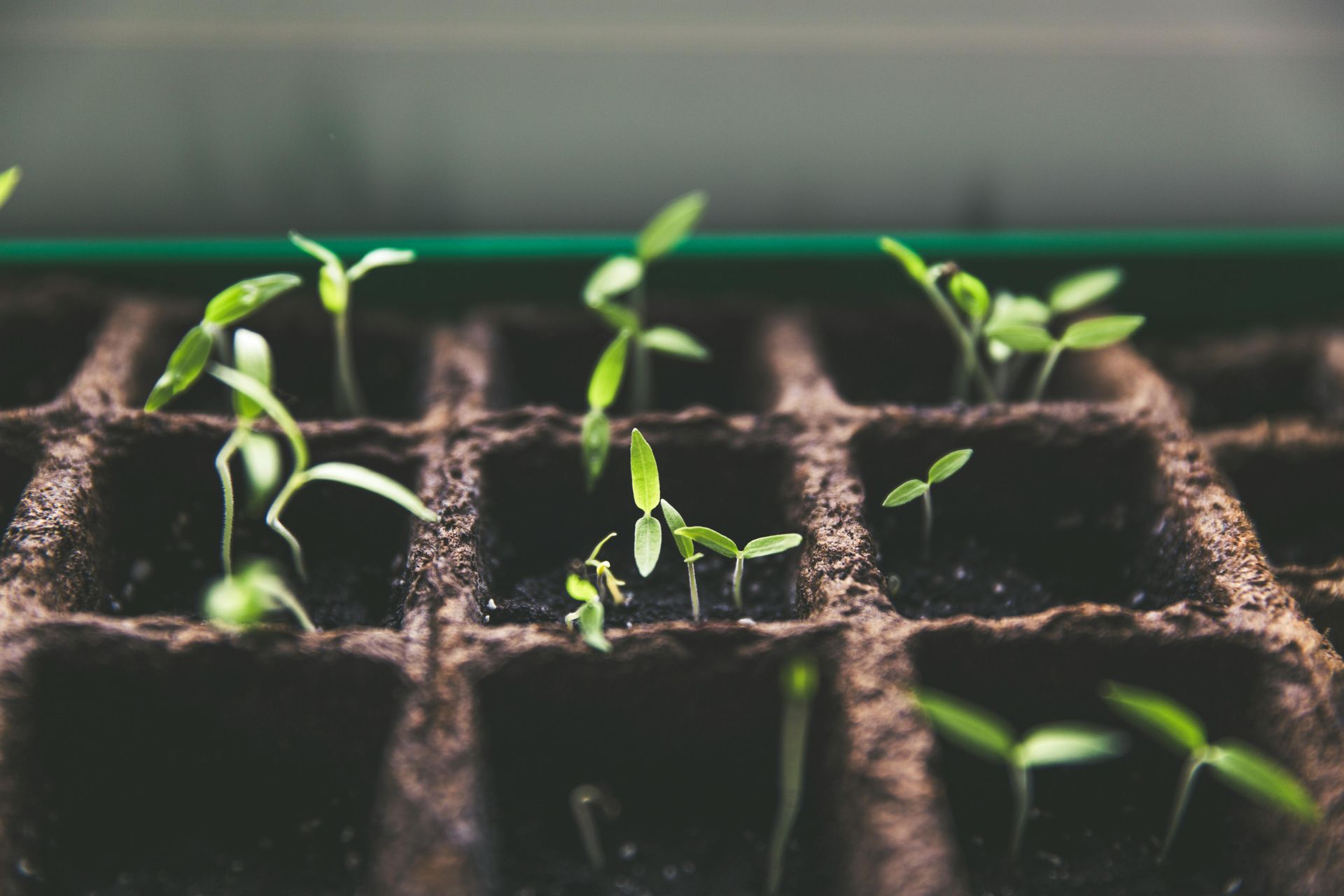
- Expert Tip: Always follow plant-specific spacing guidelines for optimal growth and easy care.
6. Ignoring Proper Drainage
Poor drainage damages plants and can even harm your home’s foundation. Proper solutions can mitigate these risks. Ignored drainage problems can quickly escalate into expensive repairs, damaging not just your landscape but also potentially affecting your home's structural integrity.
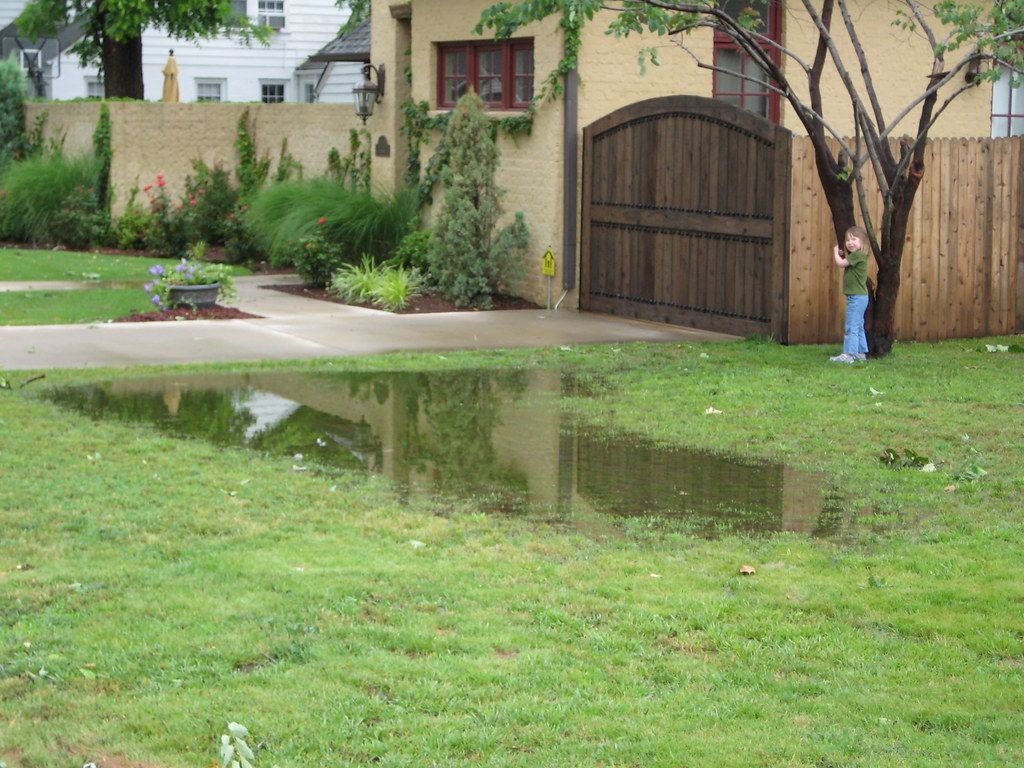
- Expert Tip: Implement solutions like grading adjustments or French drains to manage drainage effectively.
7. Using Invasive Plants
nvasive plants disrupt local ecosystems and create ongoing maintenance problems. They spread rapidly and choke out native species, creating a monoculture that harms biodiversity and ecosystem balance.
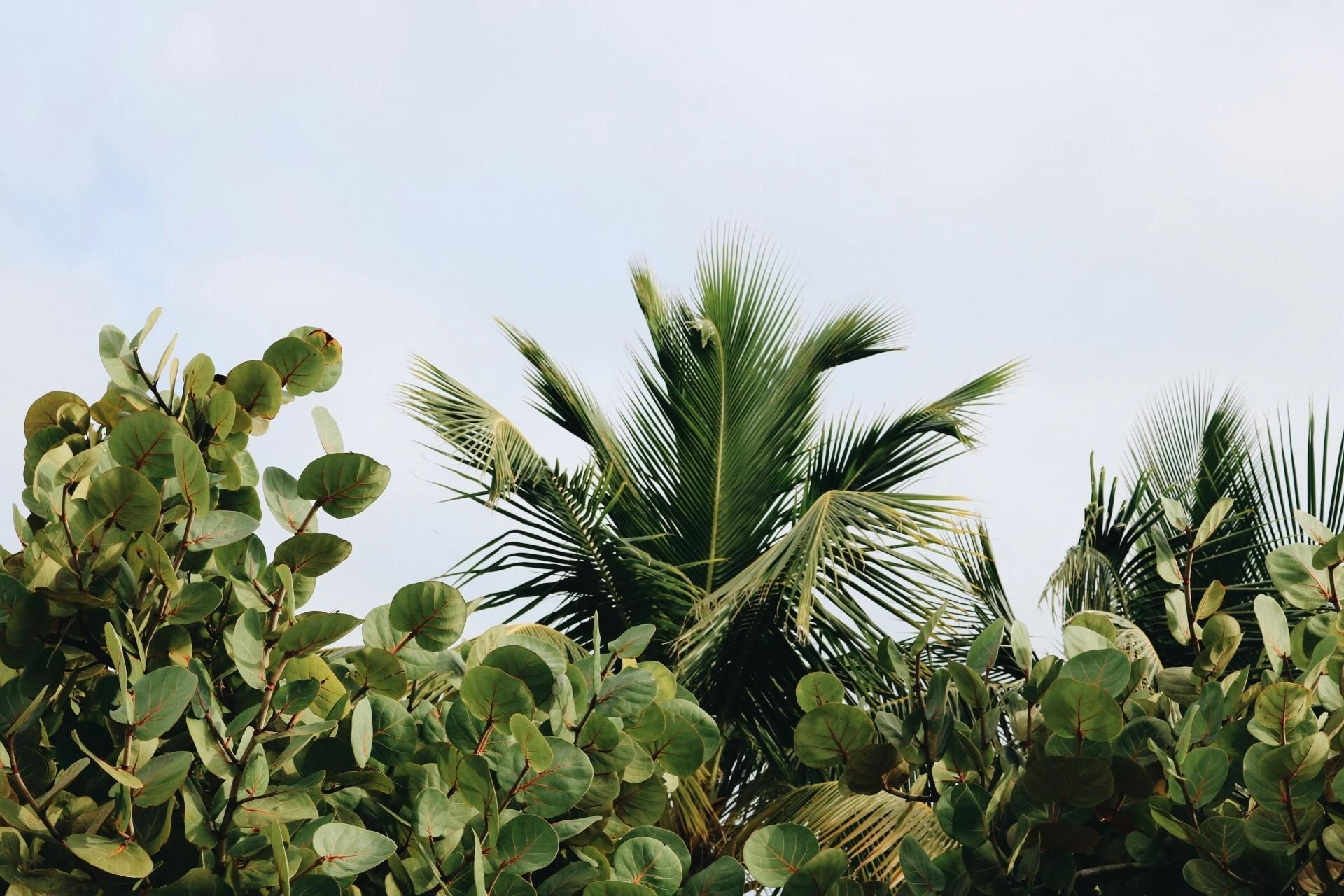
- Expert Tip: Select native plants adapted to the West Chicago climate for easier upkeep.
8. Neglecting Seasonal Maintenance
Seasonal neglect makes recovery difficult in spring. Year-round care keeps your lawn beautiful and reduces future maintenance needs. Regular attention throughout the year prevents small issues from developing into major, costly problems.
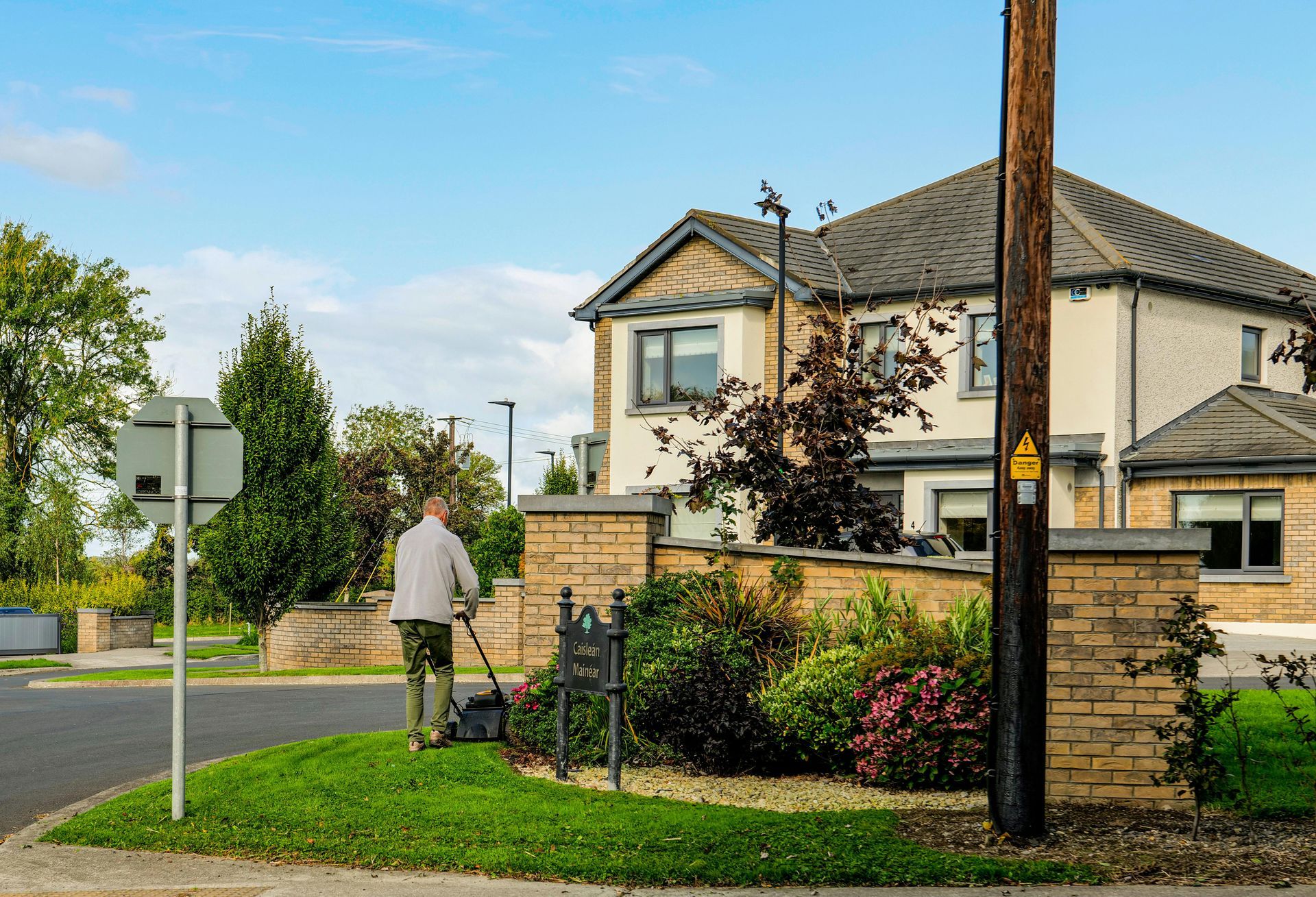
- Expert Tip: Plan regular seasonal maintenance, including leaf removal, aeration, and winter preparation.
9. Improper Mulching
Improper mulching can cause rot, attract pests, and harm plant health. Correct mulching improves moisture retention and weed control. Avoid creating "mulch volcanoes," as these encourage disease and pest infestation at the base of trees and shrubs.
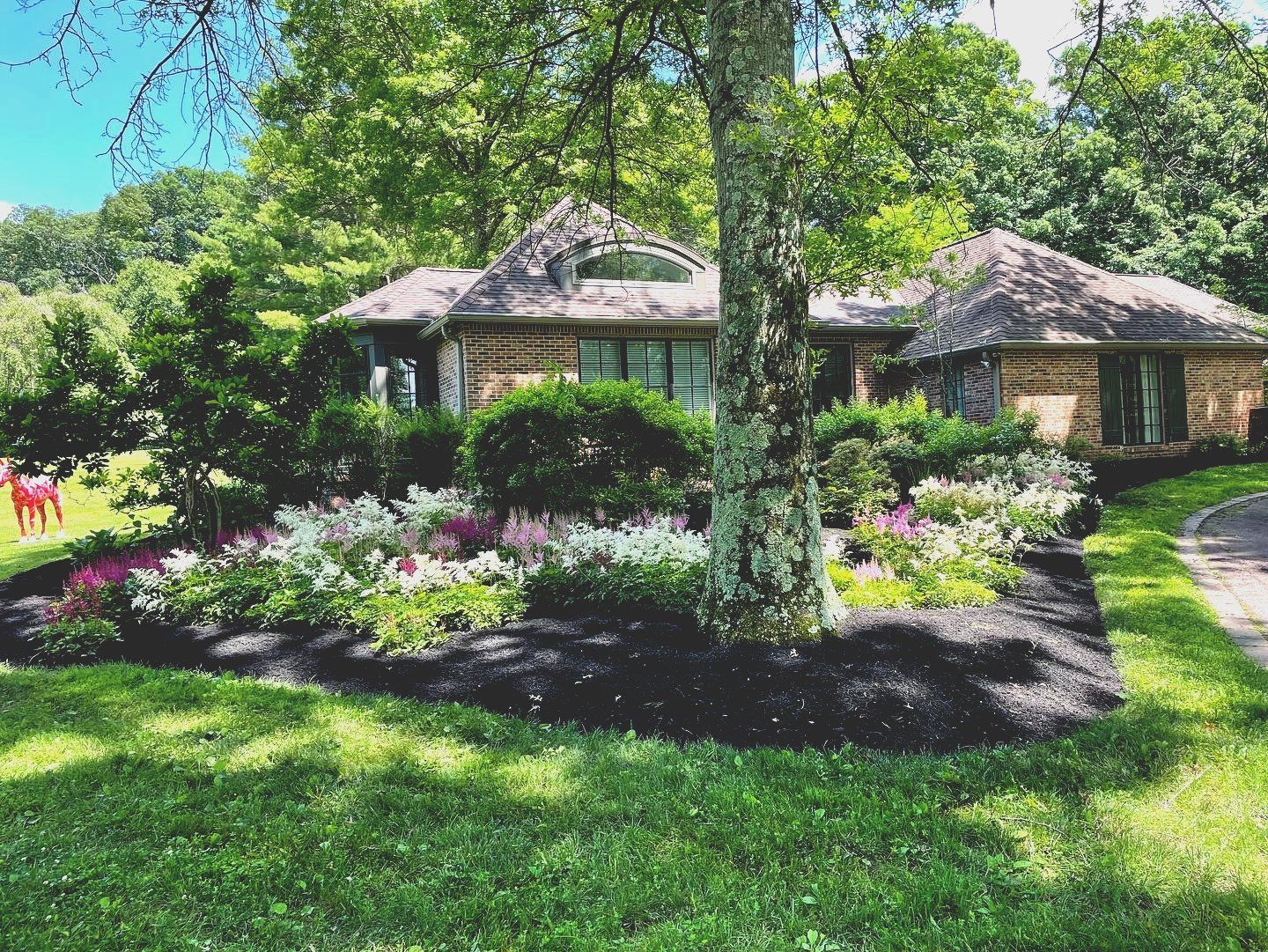
- Expert Tip: Keep mulch 2-4 inches deep and away from tree trunks to prevent damage.
10. Forgetting Lawn Equipment Maintenance
Poor equipment maintenance results in uneven cuts and grass damage. Proper care ensures consistent, healthy lawn growth. Neglected equipment can also become dangerous or lead to costly repairs and replacements.
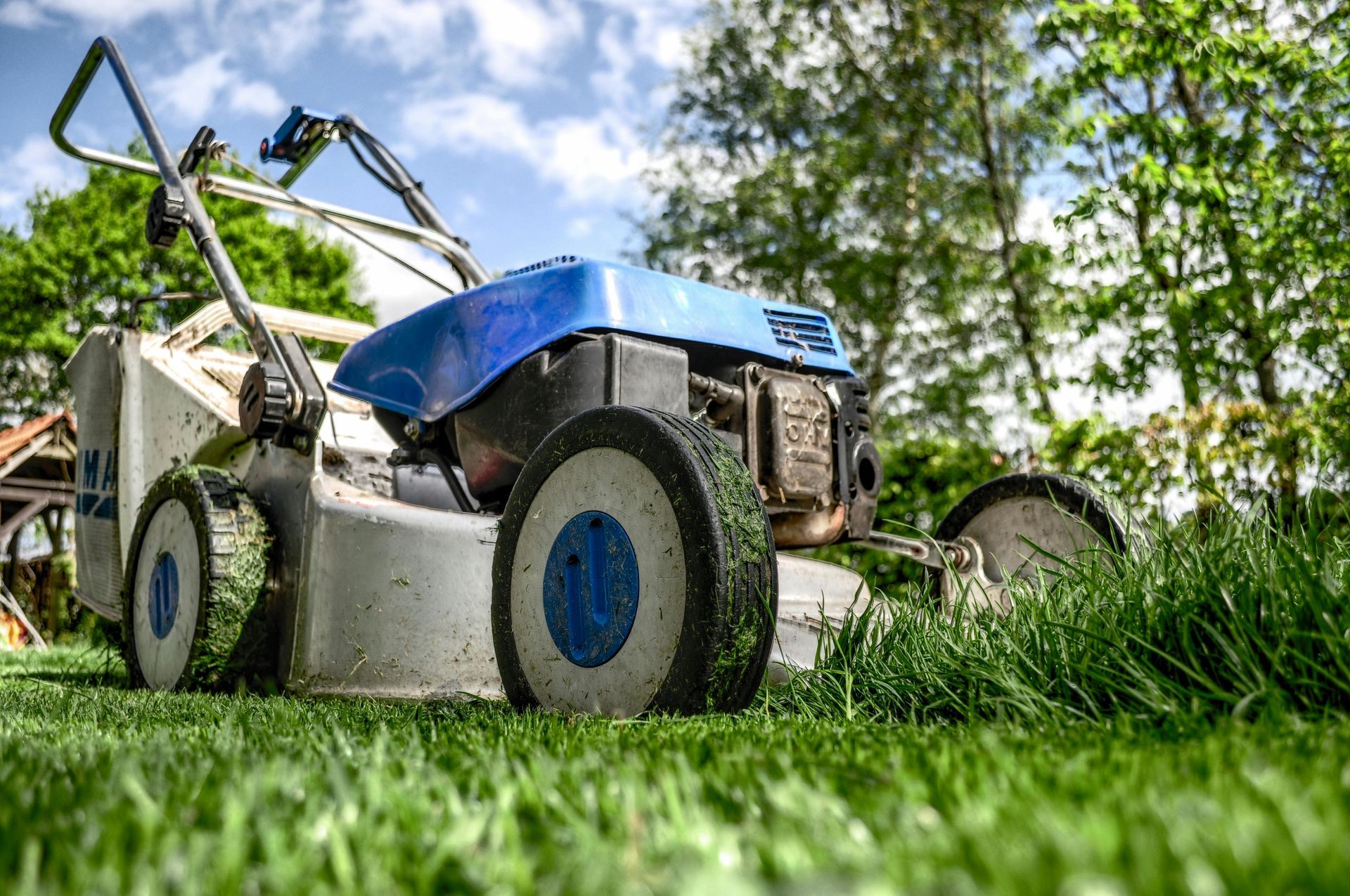
- Expert Tip: Regularly sharpen mower blades, check oil levels, and maintain cleanliness.
Final Thoughts
Taking care of your yard doesn’t have to be complicated or stressful. Avoiding these common landscaping mistakes can save you a ton of time and effort—and help your lawn thrive in the long run. A few small changes here and there really do make a big difference. And if you ever feel stuck or just want a second opinion, we're always happy to share what we know.
Want to explore what kind of care might be right for your lawn?
Take a look at the services we offer and see what fits your needs.

